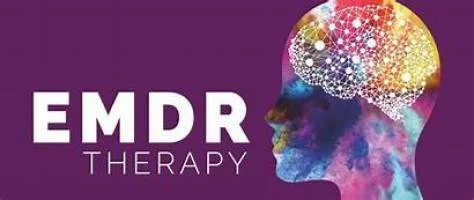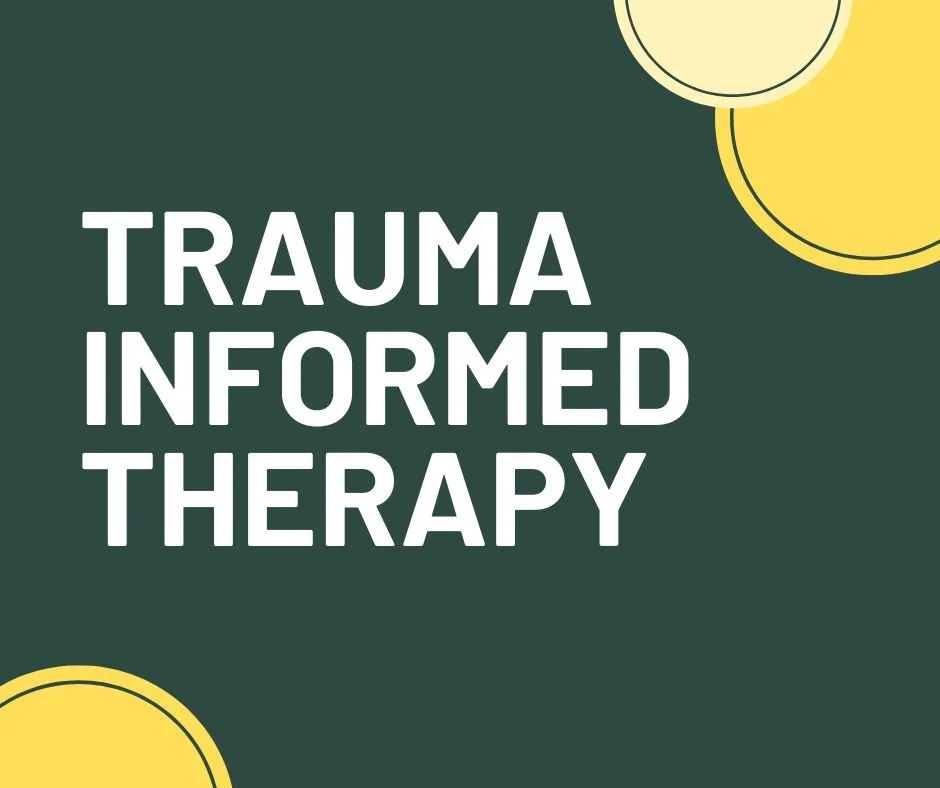Healing generational trauma requires more than awareness—it demands intentional action. Many of us inherit patterns of abuse, neglect, addiction, mental illness, social inequality, and other hardships from our family systems. These experiences, compounded by harmful environmental conditions, lack of resources, and systemic oppression, can shape our beliefs, behaviors, and emotional responses. Understanding these patterns through the lens of attachment theory and developmental theory is a vital first step toward breaking the cycle.
Understanding Generational Trauma
Generational trauma, sometimes called transgenerational or intergenerational trauma, occurs when the effects of trauma experienced by one generation impact subsequent generations. According to developmental theory, early life experiences profoundly influence brain development, emotional regulation, and relational patterns. Attachment theory further highlights how disrupted or insecure attachments in childhood—caused by abuse, neglect, or parental mental health struggles—can create ongoing difficulties in forming healthy relationships. These inherited patterns can manifest as addiction, anxiety, depression, or difficulty trusting others.
Factors that perpetuate generational trauma include:
Family abuse (physical, sexual, psychological), neglect (physical or emotional), or domestic violence
Parental or familial suicide or substance abuse
Economic and social inequality; financial hardships or significant losses
Systemic oppression and discrimination
Political persecution or violence; warfare; terrorism
Lack of access to nutritious food or safe environments
Untreated mental illness
Each of these contributes to ongoing stress within family systems, shaping the coping mechanisms, beliefs, and emotional responses of future generations. Recognizing these patterns is essential for anyone seeking to break free.
Tools to Support Healing
Healing generational trauma is a proactive process. Various tools can help individuals process inherited pain, build self-awareness, and develop healthier relational patterns.
1. EMDR Therapy
Eye Movement Desensitization and Reprocessing (EMDR) therapy is a highly effective method for processing traumatic memories. EMDR helps individuals reframe and release the emotional weight of past trauma, including trauma inherited from family systems. By targeting these deeply rooted experiences, clients can reduce emotional reactivity and create space for healthier patterns.
2. Mindfulness & Emotional Regulation Practices
Mindfulness encourages present-moment awareness and self-compassion. By observing thoughts, feelings, and bodily sensations without judgment, individuals can interrupt automatic, generationally learned responses. Daily mindfulness practices, such as meditation, breathing exercises, somatic skills, guided imagery, or mindful movement can strengthen emotional one’s resilience, reduce stress and dissociation, and overall improve one’s wellbeing; allowing for deeper connection, clear and confident communication, and healthier relationships to be cultivated.
3. Trauma-Informed Therapy
Trauma-informed therapy recognizes the pervasive impact of trauma and emphasizes safety, trust, and empowerment. Working with therapists trained in this approach allows individuals to explore family dynamics, attachment wounds, and inherited patterns in a safe environment. This support is crucial for building insight, education, and fostering lasting change.
4. Self-Awareness and Reflection
Healing generational trauma requires self-awareness—recognizing how family history influences behaviors, values, and relationships. Journaling, reflective exercises, or guided imagery can help individuals identify patterns, clarify personal values, and make conscious choices that break unhealthy cycles.
Contemplative Guide Imagery Exercises
Contemplative meditation and mindfulness exercises provide a powerful way to calm the nervous system, reduce stress, and restore balance to both mind and body. By practicing presence and awareness, individuals learn to regulate overwhelming emotions, lower physical tension, and cultivate inner stability. These practices not only promote overall mental and physical wellbeing but also create a safe foundation for healing, making them especially valuable tools in the process of trauma recovery.
Exercise 1: Healing Family Connection
Get Comfortable: Sit or lie down in a quiet place where you won’t be disturbed. Let your hands rest comfortably in your lap or at your sides.
Breathe Slowly: Close your eyes and take a deep, gentle breath in through your nose for a count of four. Hold for a moment, then slowly exhale through your mouth for a count of six. Repeat this a few times, letting your body relax with each breath.
Bring the Image to Mind: Think of a family member with whom you’ve had conflict, pain, or unresolved emotions. Imagine seeing them as a younger version of themselves—maybe a child or teenager. Try to picture their face, posture, or the way they move.
Offer Compassion or Loving Kindness: In your mind, silently offer them understanding, kindness, and acceptance. You might say something like: “I see you. I understand you. I offer you compassion.” There’s no need to fix anything—just allow yourself to feel gentle care toward them.
Notice Your Feelings: Pay attention to what comes up in your body and mind. You might feel warmth, sadness, tension, or even resistance. Whatever arises, notice it without judgment.
Release Judgment: As you exhale, imagine letting go of any anger, resentment, or judgment you’ve been holding. Picture these feelings leaving your body and mind like clouds drifting away.
Repeat and Settle: Continue this process—offering compassion, noticing feelings, and releasing judgment—for a few minutes or until you feel a sense of calm or emotional release. When you’re ready, gently open your eyes and bring your awareness back to the room.
Tip: If it feels too intense at any moment, return your focus to your breathing and remind yourself it’s okay to take a break.
Exercise 2: Defining Family Values
Prepare Your Space: Sit comfortably in a quiet space. Let your spine be straight but relaxed, and place your hands on your lap or knees. Close your eyes and take a few slow, calming breaths.
Visualize Your Family: Picture your current family or your chosen family in your mind. Imagine them sitting or standing together in a safe, supportive environment. Notice details—faces, expressions, or gestures.
Reflect on Values: Ask yourself quietly:
“What values do I want to bring to my family relationships?”
“What patterns from the past do I want to break?”
“How can I show love, support, or understanding differently?”
See Yourself in Action: In your mind, visualize yourself interacting with your family according to the values you want to embody. Imagine yourself listening patiently, showing compassion, setting healthy boundaries, or being present and supportive. Notice how these actions feel in your body.
Notice Resistance: Pay attention to any tension, doubt, or resistance that arises. Breathe into it gently, reminding yourself that noticing resistance is normal and part of the process.
Commit to Your Values: Take a deep breath and silently commit to carrying these values forward in your daily life. Imagine them as a guiding light that shapes your actions and decisions.
Return Slowly: When you feel ready, bring your awareness back to your breath, wiggle your fingers and toes, and slowly open your eyes. Consider writing down any insights or intentions that came up during the exercise.
Tip: This exercise works best if practiced regularly, even for a few minutes a day, to help solidify the values you want to bring into your family relationships.
Exercise 3: Releasing Generational Patterns
Settle In: Find a quiet space and sit or lie down comfortably. Let your hands rest at your sides or in your lap. Close your eyes and take a few slow, deep breaths, letting your body soften with each exhale.
Visualize Your Family Lineage: Picture yourself standing at the center of a long line representing your family history—past generations, parents, grandparents, and beyond. Imagine each person as a figure in this line.
Identify Patterns: Notice any patterns of behavior, beliefs, or struggles that have repeated across generations, such as anger, addiction, neglect, or self-doubt. You don’t need to judge them—just observe what comes up.
Release with Compassion: Imagine sending a warm, healing light through this line of family members. Visualize this light gently dissolving harmful patterns while leaving space for understanding and growth. You might silently say: “I honor your struggles. I release these patterns for myself and future generations.”
Anchor Yourself: See yourself stepping forward out of the line, carrying only the lessons and strengths you choose, leaving behind patterns you no longer want to repeat. Feel your shoulders relax and your chest expand with this sense of freedom.
Return Gently: Take a few calming breaths, wiggle your fingers and toes, and slowly open your eyes. Reflect on any insights or feelings that arose.
Tip: Practicing this regularly reinforces your awareness of inherited patterns and strengthens your ability to consciously choose a new path.
Exercise 4: Building Resilience for Future Generations
Prepare Your Space: Sit comfortably in a quiet room. Close your eyes, place your hands over your heart, and take slow, deep breaths to settle into your body.
Visualize a Safe Space: Picture a place where you feel completely safe, strong, and supported. This could be real or imagined—a room, a forest, a sunny meadow. Spend a few moments noticing the sights, sounds, and sensations that make it feel secure.
Connect with Your Inner Strength: Imagine a version of yourself in this safe space—calm, confident, and resilient. See yourself standing tall, breathing steadily, and radiating stability.
Send Strength to Your Family Line: Visualize a gentle, glowing light extending from your heart to your family members, present and past. This light carries resilience, love, and healing energy, planting seeds of positive change for future generations.
Embody Your Values: Silently affirm the qualities you want to carry forward—compassion, courage, patience, or wisdom. Imagine yourself practicing these qualities in real-life situations with family or others. Feel the confidence in your body as you do.
Return Slowly: Take a few more deep breaths, allowing your body to absorb the sense of strength and connection. Gently open your eyes and note any intentions, feelings, or insights.
Tip: Use this exercise whenever you feel overwhelmed by family stress or old patterns. It helps reinforce the idea that you can break generational cycles and create a legacy of resilience.
Taking Action
Breaking free from generational trauma is challenging but deeply empowering. Engaging in EMDR therapy, mindfulness, trauma-informed therapy, and self-reflection can provide structure and support for healing. Additionally, seeking out therapy, support groups, or community resources allows you to connect with others on similar journeys, reinforcing a sense of safety and belonging.
Healing generational trauma is not about erasing the past—it’s about reclaiming your power, creating new narratives, and fostering healthier relationships for yourself and future generations. By taking intentional steps, you can break the cycle, transform inherited pain, and build a legacy of resilience.






